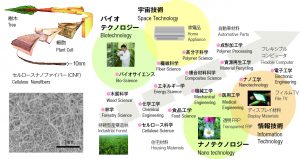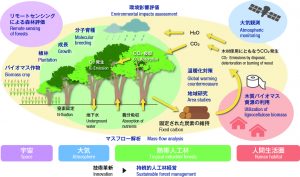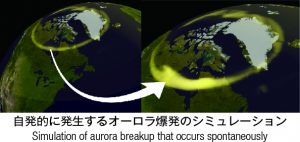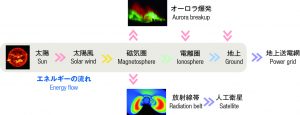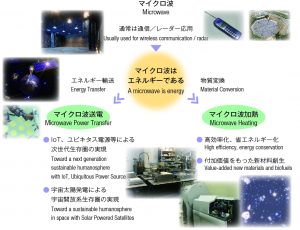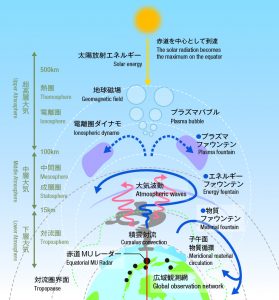Flagship Collaborative Research on the Humanosphere
Updated: 2025/04/23

The “Flagship Collaborative Research on the Humanosphere” is an effort to promote and enhance the visibility of project based collaborative research actively conducted in the Core Research Divisions. In 2016 we reexamined the existing projects and expanded this effort to five projects.
Bio-nanomaterial research
| Leader:Hiroyuki Yano |
In this flagship research, we perform collaborative fusion research for the production and reconstitution of cellulose nanofibers to contribute to the establishment of a sustainable humanosphere through the creation of advanced bio-based nanomaterials for use in automobiles, buildings and many other products.
Integrated studies of the sustainable production and utilization of tropical biomass plants
| Leader: Kenji Umemura |
The aim of this flagship projects is to conduct international collaborative research towards the establishment of system for the sustainable management and utilization of tropical plantation of trees and grass biomass plants.
Collaborative study on energy transfer process in space humansphere
| Leader:Yusuke Ebihara |
The contribute safety and security of the humanosphere, we investigate energy transfer processes from the Sun to aurorae and radiation belts.
Collaborative Research of Energy Transfer and Material Conversion by Microwaves
| Leader : Naoki Shiohara |
This collaborative research aims to open a new field of microwave utilization for wireless energy transfer (Microwave Power Transfer, Wireless Power Transfer) and energy transfer sources for the development of materials (biofuels and functional materials derived from biomass and inorganic resources such as metals and ceramics). This collaborative research also aims at expanding microwave-applied science and technology through communication between microwave engineers and chemists, biologists, physicists, medical and material scientists from the Research Institute for Sustainable Humanosphere and other research organizations around the world.
Equatorial Fountain
| Leader : Mamoru Yamamoto |
Cumulonimbus convection is active in the equatorial atmosphere, which generates atmospheric waves that propagate upward to transport energy and momentum in the upper atmosphere. Materials originating from low-to-mid-latitude regions also converge in the equatorial region, are blown upward, and spread across the globe. We call this process the “Equatorial Atmosphere Radar in Indonesia and other instruments, and by modeling and simulation. This project also promotes plans for the Equatorial MU Radar.


